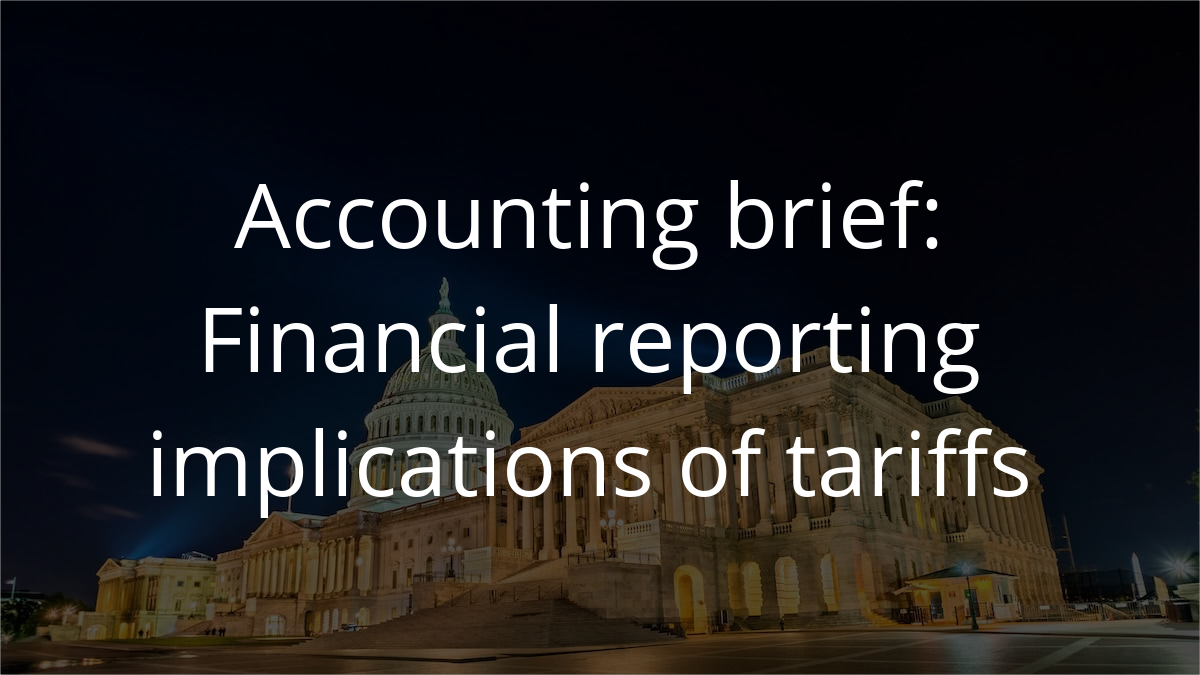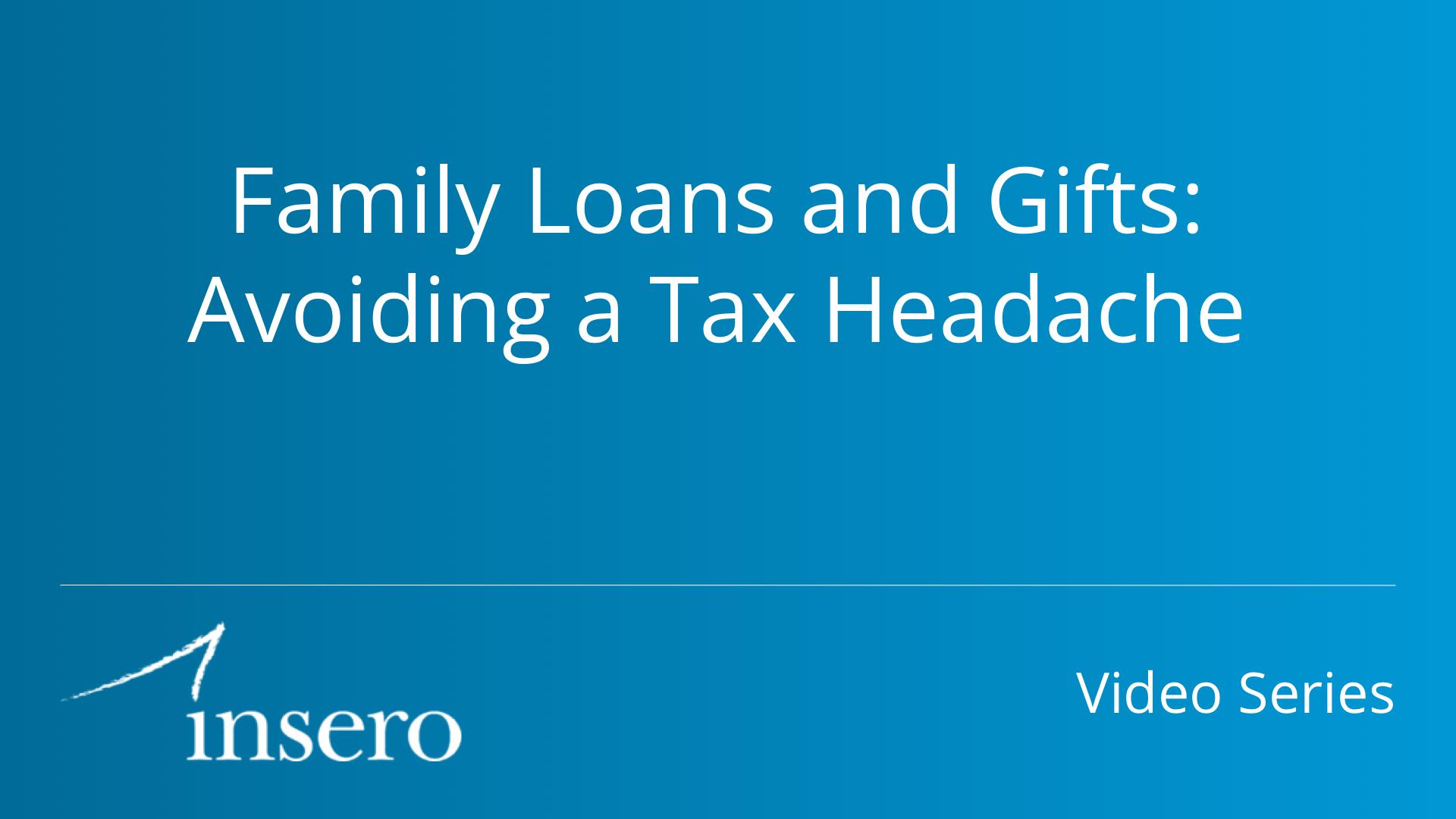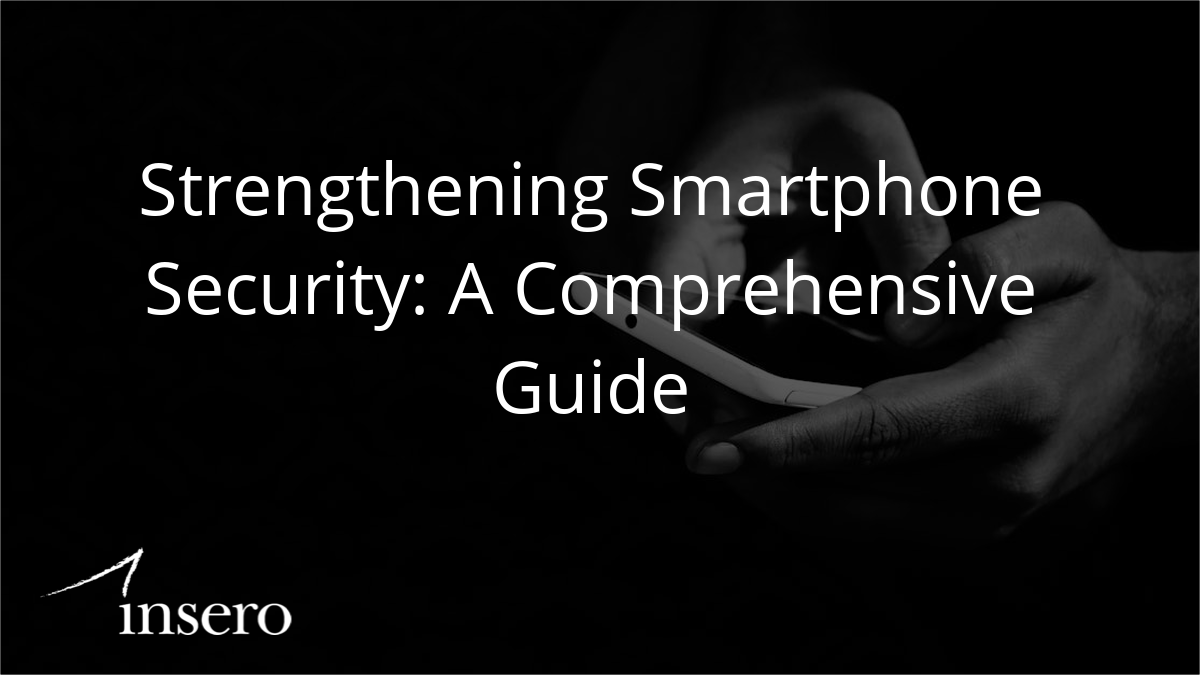ARTICLE | June 16, 2023
Overview of elective pass-through entity taxes
On Dec. 22, 2017, the Tax Cuts and Jobs Act (TCJA, P.L. 115-97) was signed into law and included a provision that limited the individual taxpayer deduction for state and local tax (SALT) payments to $10,000 a year ($5,000 for a married person filing a separate return). SALT payments (including income and real property taxes) in excess of these amounts are no longer deductible by individual taxpayers unless the payments are in pursuit of a trade or business. This provision, like several other provisions in the TCJA, went into effect on Jan. 1, 2018, and is currently scheduled to expire at the end of 2025.
A number of states that were disproportionately affected by this provision quickly enacted so-called ‘workaround’ programs, including employment or charitable contribution-based workarounds. On April 27, 2018, Connecticut became the first state to enact a pass-through entity (PTE) level income tax specifically as a workaround to the TCJA SALT limitation. The new tax was imposed at a rate of 6.99% on Connecticut sourced income for tax years beginning on or after Jan. 1, 2018, and replaced the state’s previous mandatory composite filing requirements. Partners are entitled to a credit for any taxes paid by the PTE, thus effectively shifting the majority of the Connecticut personal income tax responsibilities from individual owners to the PTE. One unique feature of the Connecticut tax is that it is mandatory (not elective). There are a number of other unique features of the Connecticut program beyond the scope of this article, but one such feature is an election which allows Connecticut individual residents to obtain benefits under the program related to income sourced outside of the state.
On Aug. 28, 2018, the IRS issued proposed regulations, which have since been finalized, that limited the applicability of the charitable contribution workarounds. The proposed regulations did not directly address PTE-level income tax workarounds, and many practitioners (and states) were unsure whether the IRS would approve workaround programs similar to that imposed by Connecticut. Nevertheless, a number of states had enacted PTE-level elective workaround programs.
On Nov. 9, 2020, the IRS issued Notice 2020-75 announcing its plan to propose regulations that confirm certain PTEs are not subject to the $10,000 SALT deduction limitation imposed by the TCJA. The notice provided a high-level assurance that the IRS would allow PTE workarounds similar to Connecticut’s program. The issuance of the notice has resulted in the majority of states with income taxes enacting some type of income-based workaround program. Federal regulations addressing the issue have not yet been proposed as of the date of this article.
As of the date of this article, 37 jurisdictions have enacted workarounds, as follows:
|
State |
First Effective Year |
State |
First Effective Year |
|
Alabama |
2021 |
Minnesota |
2021 |
|
Arizona |
2022 |
Mississippi |
2022 |
|
Arkansas |
2022 |
Missouri |
2022 |
|
California |
2021 |
Montana |
2023 |
|
Colorado |
2018 (retroactive) |
Nebraska |
2018 (retroactive) |
|
Connecticut |
2018 (mandatory until 2024) |
New Jersey |
2020 |
|
Georgia |
2022 |
New Mexico |
2022 |
|
Hawaii |
2023 |
New York |
2021 |
|
Idaho |
2021 |
New York City |
2022 |
|
Illinois |
2021 |
North Carolina |
2022 |
|
Indiana |
2022 (retroactive) |
Ohio |
2022 |
|
Iowa |
2022 (retroactive) |
Oklahoma |
2019 |
|
Kansas |
2022 |
Oregon |
2022 |
|
Kentucky |
2022 |
Rhode Island |
2019 |
|
Louisiana |
2019 |
South Carolina |
2021 |
|
Maryland |
2020 |
Utah |
2022 |
|
Massachusetts |
2021 |
Virginia |
2021 |
|
Michigan |
2021 |
West Virginia |
2021 |
|
|
|
Wisconsin |
2018 |
State PTE taxes: Noteworthy considerations
As noted, the Connecticut PTE tax is mandatory until 2024, and no other states have enacted a PTE tax workaround that is not elective. A number of states imposed income/franchise taxes or fees on PTEs prior to the TCJA, and those taxes are beyond the scope of this article, such as the District of Columbia’s Unincorporated Business Franchise Tax or the Kentucky Limited Liability Entity Tax.
Although the intent of the various states’ elective PTE programs are the same, the specific methodology used by each state is varied, and many include unique requirements, limitations, or other procedural provisions. The following summarizes several key provisions of elective PTE taxes to consider.
Credit or exclusion mechanism
The majority of states with elective PTE taxes impose entity-level taxes on the PTE and provide a credit to the partners to offset the tax the partner would have paid on the same income. To illustrate the general application of the program, please see the following example:
Assume individual A is a resident of State X and State X has a 10% elective PTE tax program. ABC Partnership elects into the program and pays $100,000 tax on behalf of A on $1 million of income. A would pick up the $1 million on her State X resident individual tax return but would be entitled to a credit of $100,000 against their own personal income tax liability. A may be subject to additional tax or obtain a refund depending on a number of factors, including whether their effective rate is higher or lower than 10%. On their federal return, A would not be entitled to a state tax deduction for the $100,000 of state taxes paid (assuming the SALT limitation is used by other taxes such as property taxes). However, by utilizing the PTE elective tax program, ABC Partnership in effect deducted the state tax against its own income, indirectly reducing A’s federal tax liability by $37,000, assuming a 37% federal income tax rate.
In contrast, several states treat the PTE effectively as a taxable C corporation, imposing all taxes at the entity level and allowing the partners to obtain an income exclusion for the amount taxed at the PTE. Examples of states using this approach include Louisiana and Wisconsin.
Within the states using the credit approach, most states allow the partners to obtain a dollar-for-dollar credit for any taxes paid by the PTE. However, Connecticut and Massachusetts limit the percentage of the credit available to the partners. In Connecticut, the credit is equal to 87.5% of the partner’s share of tax, and in Massachusetts, 90%.
Is the PTE tax limited to state-sourced income?
Another key difference is whether the PTE pays tax only on state-sourced income, or whether the PTE includes income of resident partners or shareholders without regard to whether the income is sourced to the state. For example, California, New Jersey (after a recent amendment), and New York each calculate the states’ PTE tax based on income before apportionment for partners that are residents of the state, while the PTE pays tax on behalf of nonresidents based on income sourced to the state. In New Jersey and New York, S corporations must pay tax on state-sourced income regardless of the residency of the shareholders.
So is there a benefit?
Importantly, not all PTE members will benefit from electing into a state workaround. In larger multi-state PTEs, only a few members may benefit at the expense of others. For example, nonresident owners may not be able to receive a state tax credit in their resident state for taxes paid by the PTE, resulting in a higher state tax liability for certain owners. Just as some states prohibit a state income tax credit for Texas franchise tax, some states may similarly deny a credit for a member’s PTE tax paid in another state.
While the credit for taxes paid issue is one of the most noteworthy, there are many other considerations for PTEs considering these elections. In some cases, the PTE tax rate may be higher than the individual rate, as is the case in Wisconsin, and depending on each member’s tax profile, the election may be detrimental. Additionally, not all credits and deductions normally available to partners individually will be available at the entity level.
A few other selected considerations to note include the following:
State election considerations
- Do all types of PTEs qualify?
- Must all members agree in order to elect into the tax?
- Will all members benefit from electing into the PTE tax?
- When can an election be made or revoked? Can the entity make a retroactive election?
- Is nonresident withholding still required after the election?
- How is the taxable base calculated? Guaranteed payments and other allocations may also be included in the taxable base.
- How is income sourced? Sourcing rules may be different for the entity versus the individual member. These differences may have a significant impact for some taxpayers.
- Will nonresident owners need to file in new states?
- How are tax-exempt foreign members treated?
- Can corporate members receive a credit for tax paid?
- How does the election impact individual member gains and losses?
- Is depreciation from basis step-up adjustments deductible at the entity level?
- Is the amount paid by the entity fully creditable or excluded in the same state for the member?
- Will maximizing the benefit require the entity to adjust its legal or operating documents?
- Are there other administrative complexities that may outweigh the ultimate savings?
- Is a full credit of the tax paid by the entity available for individual tax purposes? (e.g., the elective tax in Massachusetts provides a 90% credit)
Federal tax considerations
- Where and how is the tax paid by the qualifying entity reported?
- What if the entity does not have trade or business income?
- When is a cash basis or accrual basis entity entitled to a federal deduction for the taxes paid?
- How are special allocations treated?
- Does the PTE tax impact the section 199A deduction?
- How are refunds reported?
- Are there ASC 740 concerns with the entity-level tax? Depending on the characteristic of a particular tax, the accounting treatment may be that the tax is treated as a payment on behalf of the partner (an equity transaction), or as an entity-level expense.
Trusts and estates considerations
- How will a PTE tax election impact the income tax paid for an irrevocable trust by the grantor?
- Will a nongrantor trust that distributes all of its income to beneficiaries lose the benefit of the PTE election?
- Will the grantor likely to be subject to federal or state estate and gift taxes?
- Does the election impact the value of the grantor’s interest?
- What is the impact of the generation-skipping transfer tax if the trust is designed to benefit multiple generations?
- Do the residencies of the trust members impact the benefit of the election?
- Is the PTE tax credit refundable?
There may be other tax considerations that make the election undesirable. In some states, even the specific form of the PTE matters. In Maryland, for example, nonresident shareholders of S corporations are unlikely to benefit from an election. Accordingly, understanding whether a PTE election results in a benefit requires modeling and detailed analysis of all the risks and opportunities involved. Especially in large, multi-state partnerships, a workaround election may provide tax savings for select members, while increasing tax on other members, thus producing an unintended result. A PTE must conduct thorough due diligence to understand how and whether the workaround election is ultimately beneficial.
Takeaways
Only about three states with an individual income tax have not proposed or adopted a workaround through mid-2023. Federal proposals to extend or modify the deduction limitation have varied significantly over the last two years and include increasing the limitation or extending the sunset date; however, no extension or modification of the limitation has received a floor vote.
In considering whether to make these elections, PTEs, especially large, multi-state entities, should be aware that the aggregate additional state tax burdens might exceed the federal tax savings. Pass-through entities must carefully consider whether the election will benefit the members’ federal and state tax profiles. In many cases, the states enacting the workaround have neither promulgated regulations nor provided guidance on the provisions. Further, a number of states have amended their original workarounds several times for technical fixes or to provide more clear explanations of the law. Accordingly, detailed modeling and analysis of all the risks and opportunities involved must be both initially considered and ongoing to determine whether the owners would ultimately reduce their state tax liability by electing into a PTE-level tax.
Let’s Talk
Fill out the form below and we’ll get back to you to discuss your specific situation.
This article was written by Brian Kirkell, Robert Zonenshein, Mo Bell-Jacobs and originally appeared on 2023-06-16. Reprinted with permission from RSM US LLP.
© 2024 RSM US LLP. All rights reserved. https://rsmus.com/insights/services/business-tax/pass-through-entity-elections-are-here-to-stay-what-you-need-to-know.html
RSM US LLP is a limited liability partnership and the U.S. member firm of RSM International, a global network of independent assurance, tax and consulting firms. The member firms of RSM International collaborate to provide services to global clients, but are separate and distinct legal entities that cannot obligate each other. Each member firm is responsible only for its own acts and omissions, and not those of any other party. Visit rsmus.com/about for more information regarding RSM US LLP and RSM International.
The information contained herein is general in nature and based on authorities that are subject to change. RSM US LLP guarantees neither the accuracy nor completeness of any information and is not responsible for any errors or omissions, or for results obtained by others as a result of reliance upon such information. RSM US LLP assumes no obligation to inform the reader of any changes in tax laws or other factors that could affect information contained herein. This publication does not, and is not intended to, provide legal, tax or accounting advice, and readers should consult their tax advisors concerning the application of tax laws to their particular situations. This analysis is not tax advice and is not intended or written to be used, and cannot be used, for purposes of avoiding tax penalties that may be imposed on any taxpayer.




